25 August 2022
A Guide’s Guide to the Somme: Lonsdale Cemetery
CWGF Guide Lucy Verdon brings us a look at another Somme site that demands your interest: Lonsdale Cemetery.
I think you should visit Lonsdale Cemetery

Image: A bird's eye view of Lonsdale Cemetery.
On 1 July 1916, the first day of the Battle of the Somme, the 11th (Lonsdale) Battalion of the Border Regiment and the 1st Dorsetshire Regiment were attacking south from Authille Wood, towards the German position on high ground ahead of them.
Both battalions suffered many casualties.
The 1st Dorsets and 11th Borders began a cemetery behind the British front lines, which later became known as Lonsdale Cemetery.
After the war, Lonsdale Cemetery was made bigger as other graves from surrounding cemeteries were brought in, during a process known as concentration.
The war cemetery now contains 1,542 Commonwealth burials.
The story of Sergeant James Yuill Turnbull
 Image: Sergeant James Yuill Turnbull
Image: Sergeant James Yuill Turnbull
James Yuill Turnbull was born on 24th December 1883, to James and Elizabeth Turnbull of Glasgow.
He had four siblings: John, Thomas, Gavin, and Elizabeth. Gavin was killed in action on 17 October 1917, serving as a Sapper in the Royal Engineers.
Before the war, James was employed as a tailor and was a reservist in the Lanarkshire Rifle Volunteers. He was a keen sportsman, playing rugby for Cartha Queens Park RFC.
James joined up on 13 September 1914, in the 17th Battalion Highland Light Infantry (Glasgow Commercials) and went to France on 22 November 1915.
James was killed on 1st July 1916. He was awarded the Victoria Cross posthumously for most conspicuous bravery for his actions earlier in the day when he almost single-handedly maintained his position at the Leipzig Redoubt. He was 32 years old.
James’ VC citation, as printed in the 24th November 1916 edition of the London Gazette, reads:
“For most conspicuous bravery and devotion to duty, when, having with his party captured a post apparently of great importance to the enemy, he was subjected to severe counterattacks, which were continuous throughout the whole day.
“Although his party was wiped out and replaced several times during the day, Serjeant Turnbull never wavered in his determination to hold the post, the loss of which would have been very serious.
Almost, single-handed, he maintained his position and displayed the highest degree of valour and skill in the performance of his duties. Later in the day this very gallant soldier was killed whilst bombing a counterattack from the parados of our trench.”
Check out these features at Lonsdale Cemetery
Take a look at the design of the cemetery including the shelter building. The cemetery was designed by Sir Herbert Baker, one of the three principal architects of the Commonwealth War Graves Commission in its early days.
Shelter buildings such as the one in Lonsdale cemetery are prominent features in CWGC sites but you can often recognise Baker’s designs.
Since the original cemetery was started by the 1st Dorsets and the 11th Borders, look out for the officers and men from those regiments who died on 1st July 1916.
At the beginning of the path leading to the cemetery, you will see the Dorsetshire Regiment Memorial. The 1st Dorsets were attacking through this area from Authille Wood on 1st July 1916 towards Moquet Farm.
They did not reach their objective and only six officers with sixty men were able to move towards the German front lines and join up with other battalions of the 32nd Division at the Leipzig Redoubt.
My connection to the Somme
 Image: CWGF Guide Lucy Verdon
Image: CWGF Guide Lucy Verdon
I have always had an interest in history, which stemmed from stories told to me about my relatives, in particular stories regarding two of my great grandfathers and their roles in the First World War. This interest in history led me to study history at university.
My Great-Grandfather Ben fought on the Somme but like so many, he never talked about his experiences. His service records were lost during the Second World War so me and my family have attempted to retrace his footsteps and followed his regiment, the Dorsetshire Regiment, during our trips to the Somme. This led me to become interested in the work of the CWGC and the importance of commemoration.
If studying history has taught me anything it is that history tends to repeat itself. Commemoration of those who laid down their lives fighting for what they believed in helps to humanise war and teaches us the lessons of the past in the hope that they will not be repeated again.
Learn more about our Guides
The CWGF Guides Programme is our way of giving young history enthusiasts the chance to get out in the field to discover and share the stories of our war dead.
They become the eyes and ears of the Commission and Foundation on the ground at key sites in France and Belgium.
Visit our Guides page to learn more.



